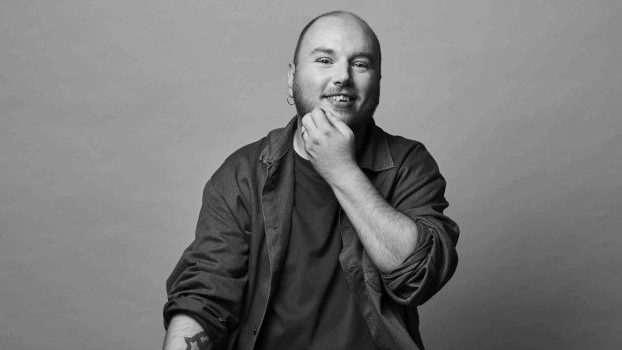Ahead of the CASSIES tonight, strategy has been featuring a series of articles penned by those involved in the annual creative effectiveness award show. Be sure to have a look at the shortlisted campaigns and last year’s winners.
This story appears in the February/March 2016 issue of strategy.
By John Bradley
Even back in my days in the marketing corner office, it had become increasingly difficult to fight for my advertising budget. The CEO was an ex-marketer and the CFO had an MBA, so both saw themselves as qualified as I to judge the cause and effect of my programs. I now see that never-ending fight to convince an increasingly skeptical CEO/CFO as analogous to writing a winning CASSIES case.
It wasn’t enough back then to say, “We ran the campaign, sales went up, so I need a 15% bigger budget,” and it certainly isn’t enough now, either in the executive suite or for the CASSIES. A total of 75 of the 113 cases that were entered this year came up empty-handed. Every single one of them had positive sales results, so why didn’t they win?
The biggest frustration in my role as CASSIES judging coordinator is reading cases that could have won, but didn’t convince the judging panel. Let me explain.
CASSIES cases are scored on four key criteria. First is the rigour and depth of the analysis, the profundity of the insights gleaned and the quality of the resulting strategy, which collectively account for 20% of the score. This is important to demonstrate that you didn’t just get lucky, or had a campaign idea in search of a business issue. The most common letdown here is a superficial or missing account of the research that went into a client’s business to figure out what was going on.
The second biggest error in this section is to dress up commonplace observations as profound insights. We encourage our CASSIES judges to be as skeptical and challenging as my former CEO and CFO, and nothing irritates an agency president or client more than being told that women being time-starved is an insight. It’s OK not to have an insight – good ones are quite rare actually – so just say what you learned and, if it wasn’t particularly breakthrough, put emphasis on where you did add value: translating the commonplace into an uncommon strategy.
The second section of the case is the quality and originality of the creative, which accounts for 30% of the score. Show a clear line of sight from the strategy to the creative: why was this work the best exposition of the strategy when applied to that target market? Again, you are disproving that you got lucky and showing that your success will be repeatable.
With the third section – results (30% of the score) – you’d think there would be less scope for the case writer to fumble the touchdown pass, but many rise heroically to the challenge. I could write an entire column on how the number of Facebook “likes” isn’t often a compelling business results metric. Beyond that, many a good case fails due to a lack of context to help convince the judges that the results are truly impressive and represent a significant and substantial deviation from past brand and current market trends.
Then the case writer encounters the CASSIES Grim Reaper: the cause and effect section, 20% of the score. To win a CASSIES, you have to prove that the advertising, and only the advertising, brought about the results. A word to the wise: saying “These results were clearly driven by the campaign” doesn’t quite cut it any more now than it did when I said so to the CEO/CFO. Correlation isn’t causation.
In addition to demonstrating causation via, for example, attitudinal shifts leading to behavioural shifts leading to more sales, a case enhances its prospects by proving other factors didn’t drive the results. Campaigns are rarely the only thing going on with a brand or service so don’t gloss over or, even worse, ignore the other potential drivers of sales. Here is the home of the killer chart; show with clear visuals that the other factors contributed little or nothing to the success.
There is no doubt the best cases are the ones where client and agency come together, pooling their data, knowledge, insights and expertise to come up with a case study that can not only convince the CASSIES jury that it’s award-worthy, but the client’s bosses that it is investment-worthy. So no excuses next year: win the award your work so richly deserves by giving it the case study it deserves, and then go and win the increased budget the brand deserves.
John Bradley is editor and judging coordinator of the CASSIES. Prior to that he was VP marketing for Cadbury and has authored five books.

























